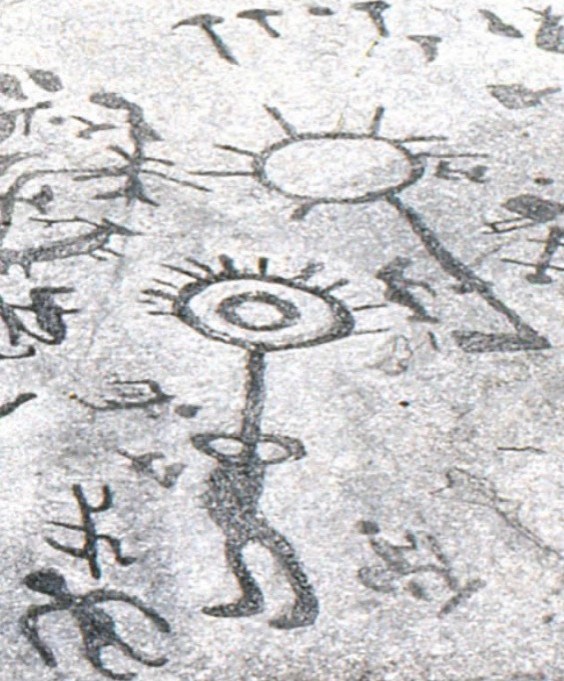Much is being made of a statue in Orillia commemorating Samuel de Champlain, the first tourist to visit this region way back in 1615.
Considered the Father of New France, Champlain is admired for having “discovered” the land that the Chippewa Tri-Council lived on for countless generations.
But, whatever prism is used to review the history of that time, you can’t help but see the importance of the Indigenous civilization that he encountered.
The Indigenous people taught him how to navigate the many lakes and rivers that led to the interior of Turtle Island (North America). They taught him how to use everything that the land had to offer.
In order to ensure the survival of him and his fellow visitors from France, Champlain immersed himself in the language and the culture of the Indigenous nations he encountered.
The importance of that collaboration has never been documented or commemorated, save for a few passages in Champlain’s own writings.
But, why are there no statues to the hereditary leadership of the Anishinaabeg or the Wendaat? Why did the Indigenous people not have statues or monuments commemorating the achievements of their great leaders?
The answer is: The societies created by the Indigenous civilization did not have a hierarchy. Therefore, no one individual would be seen as being greater than another.
The teachings within those societies would not have included that way of thinking. Otherwise, the Great Lakes region would have been dotted with statues celebrating great Indigenous people.
That’s not to say we did not ever commemorate. We did.
But it was done through wampum belts, rock paintings, and artwork on clothing, baskets and canoes, which told the story of the experience of the People, the Nation. Not the individual.
The first Indigenous person that “discovered” this region has not ever been commemorated. Nor, will they ever be.
Only the People will.
Jeff Monague is a former Beausoleil First Nation chief and current park manager of Springwater Provincial Park, where he helps educate students about First Nations life.



